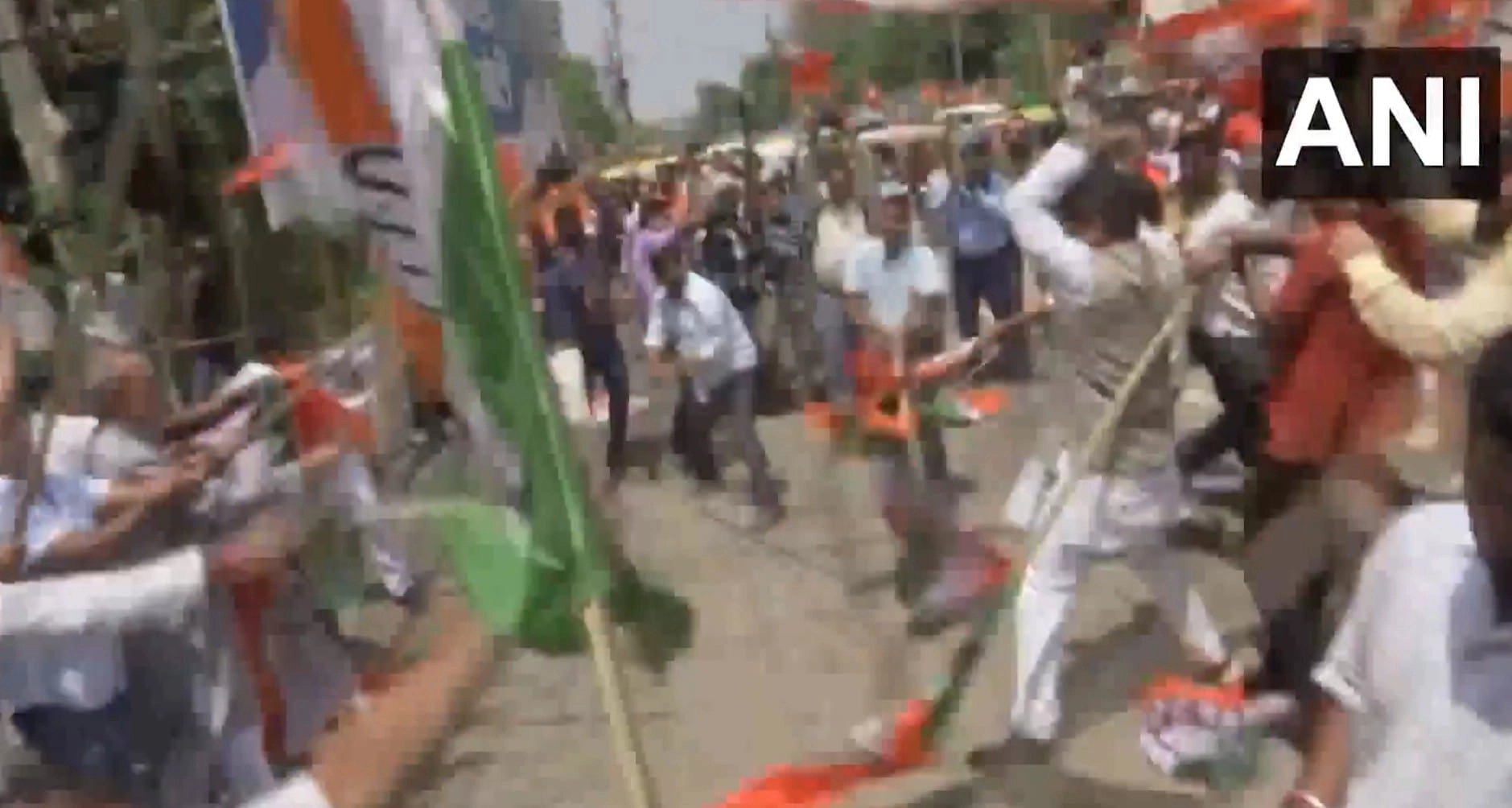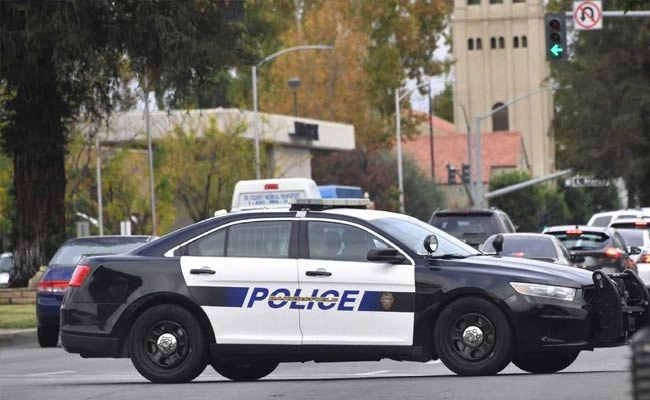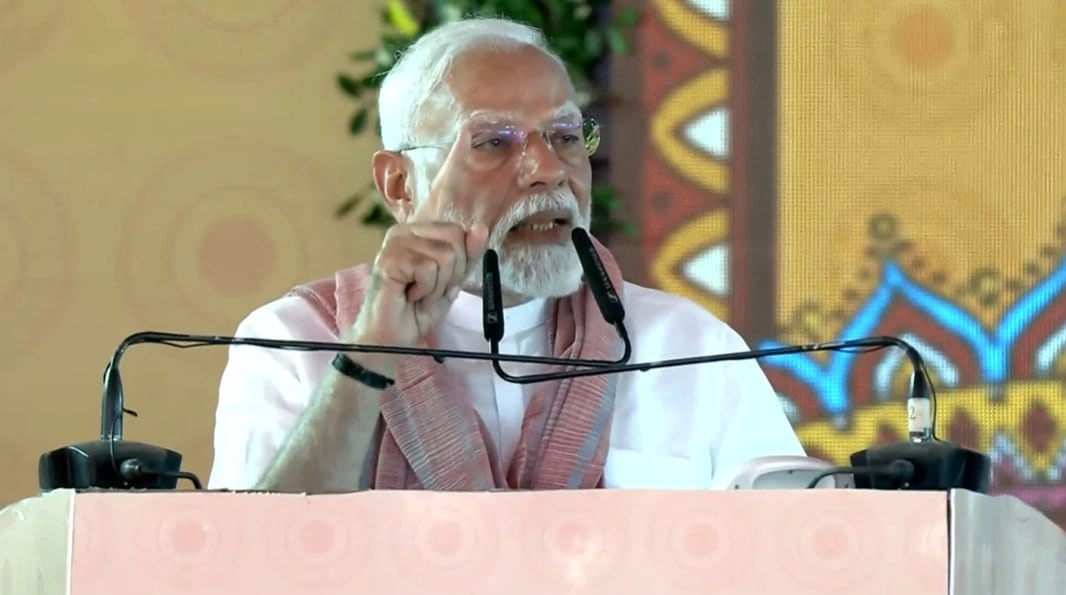In a significant political showdown in Patna, Bihar, tensions escalated between Congress and Bharatiya Janata Party (BJP) workers, resulting in violent clashes. The confrontation was sparked by derogatory comments made against Prime Minister Narendra Modi, which had ignited outrage among BJP supporters. The incident unfolded during a protest organized by Congress, aimed at highlighting various issues affecting the state and criticizing the central government. The BJP, staunchly defending Modi, responded with its own counter-demonstration, leading to a heated exchange of slogans and eventually physical altercations between the two factions.
The situation in Patna intensified as both parties’ workers clashed, with reports of injuries on both sides. The police were called in to restore order, employing measures to disperse the crowds and prevent further violence. This incident is reflective of the deeply polarized political landscape in India, where such confrontations appear increasingly common. The BJP, which has dominated the political sphere in India since 2014, finds itself at odds with the Congress party, which is striving to reclaim its influence amid allegations of mismanagement and rising discontent among the populace.
The clash in Patna also underscores the broader implications of political rhetoric in contemporary India. As leaders from both parties engage in a war of words, the stakes are high, particularly in the lead-up to upcoming elections. The BJP’s supporters view any attack on Modi as a direct affront to their party and ideology, while Congress aims to mobilize its base by highlighting grievances against the ruling government. This cycle of aggressive political campaigning and counter-campaigning not only fuels conflicts on the ground but also perpetuates an atmosphere of animosity that can hinder constructive dialogue and progress on pressing issues facing the nation.




